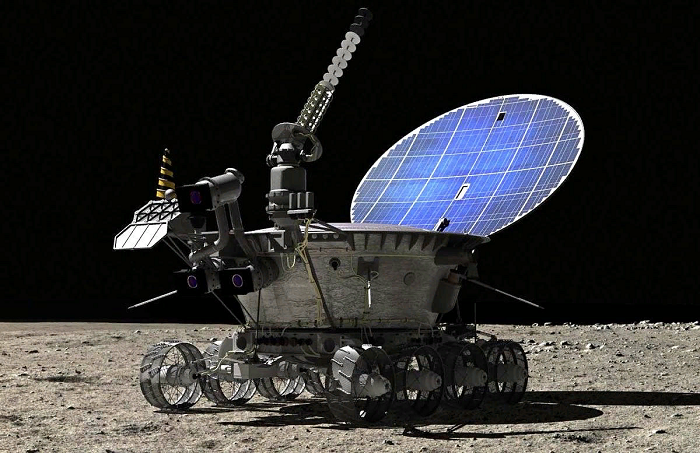Just a few hundred meters from SpaceX’s headquarters in Hawthorne, California, a small space startup settled in 2020: Venturi Astrolab.
Their goal is to create a new lunar economy for the transportation of goods and astronauts, but not only. They want to become an Uber on the moon in this way. To do this, on March 10, they presented the first full-scale prototype of the rover called FLEX (Flexible Logistics & Exploration).
Astrolab plans to develop a fleet of such rovers over the next few decades, both for NASA and for external private operators. FLEX will actually be a partially autonomous rover that will be able to move autonomously on the Moon, and in the future on Mars. The startup has already built an initial ground-based prototype and has been testing it in the California desert in recent months.
The FLEX rover, with a total mass of about 1,000 kg (the prototype), represents a real paradigm shift in the development of space rovers. Until now, they have always been developed with the aim of maximizing scientific returns. In fact, when designing a space rover, various specific experiments that it had to carry out were always taken into account, whether on the Moon or on Mars. Each rover has always been unique. FLEX sets the standard for the first time.







Оставить ответ